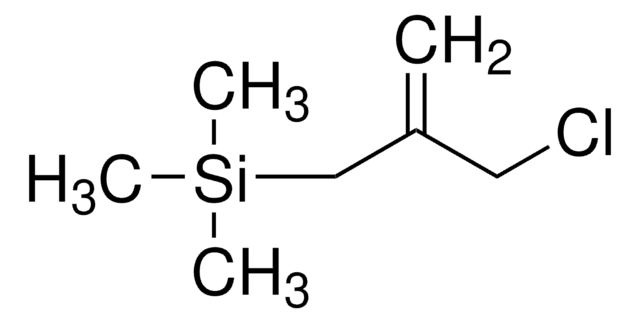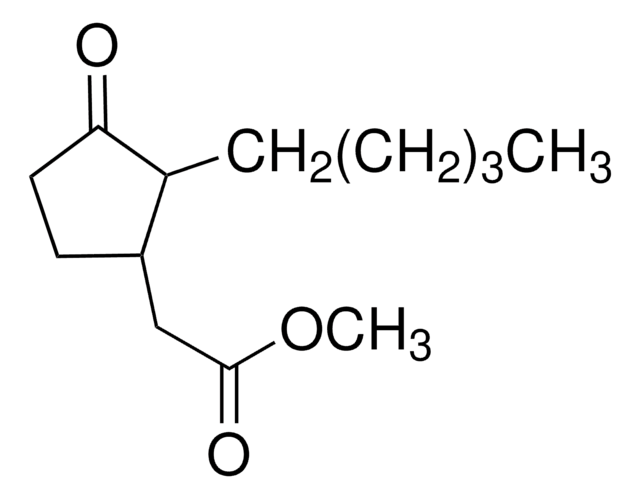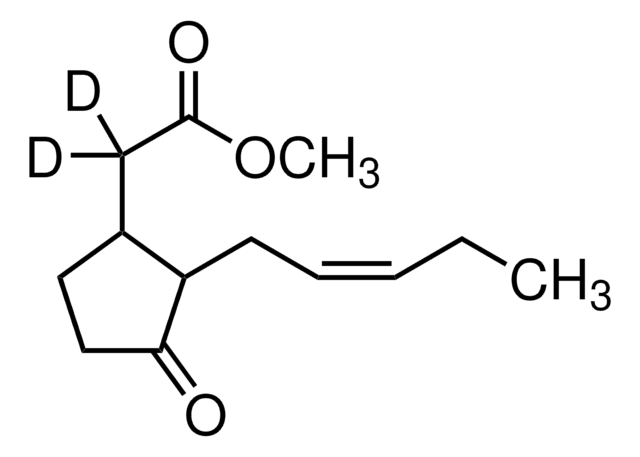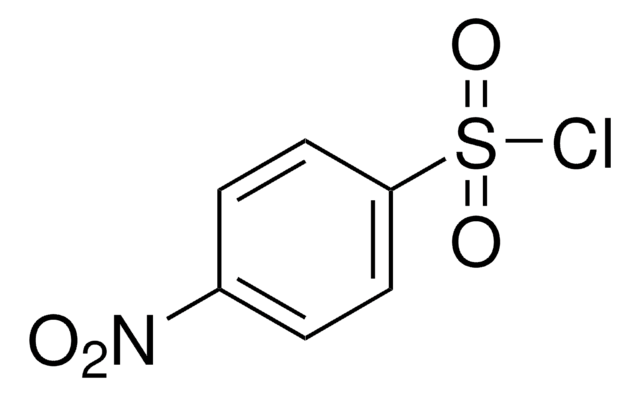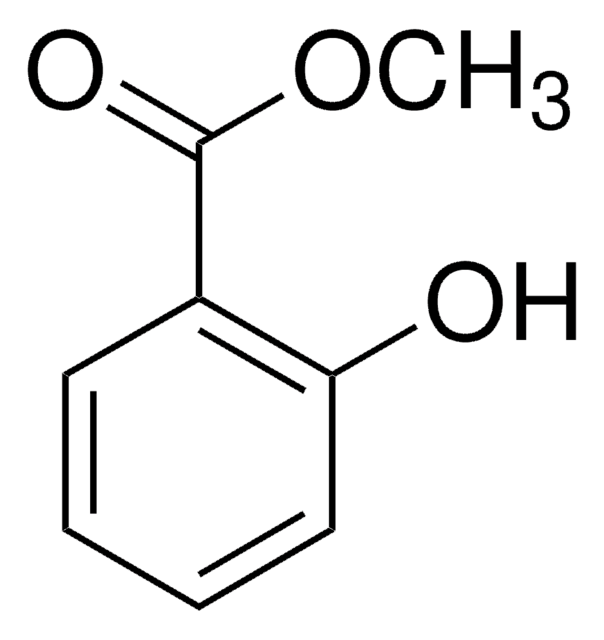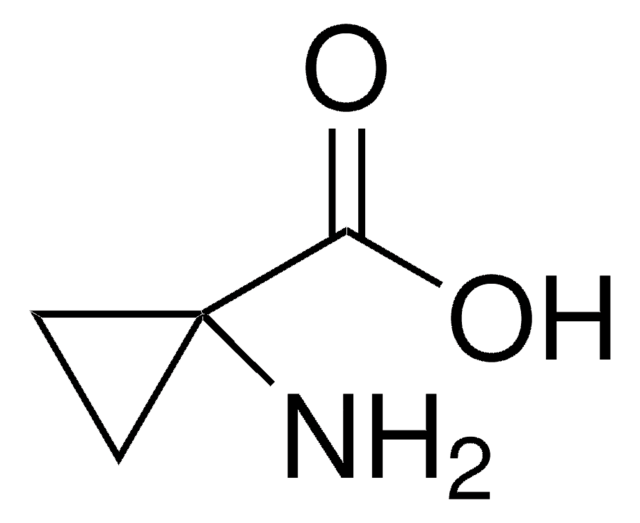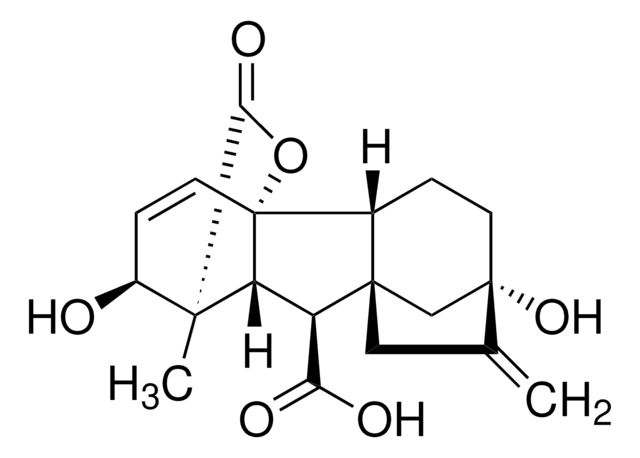392707
Methyl jasmonate
95%
Synonym(s):
3-Oxo-2-(2-pentenyl)cyclopentaneacetic acid, methyl ester, Methyl 3-oxo-2-(2-pentenyl)cyclopentaneacetate
About This Item
Recommended Products
Assay
95%
form
liquid
contains
Synthetic α-tocopherol as stabilizer
refractive index
n20/D 1.474 (lit.)
bp
110 °C/0.2 mmHg (lit.)
solubility
water: soluble 340 mg/L at 25 °C(lit.)
density
1.03 g/mL at 25 °C (lit.)
SMILES string
CC\C=C\CC1C(CCC1=O)CC(=O)OC
InChI
1S/C13H20O3/c1-3-4-5-6-11-10(7-8-12(11)14)9-13(15)16-2/h4-5,10-11H,3,6-9H2,1-2H3/b5-4+
InChI key
GEWDNTWNSAZUDX-SNAWJCMRSA-N
Looking for similar products? Visit Product Comparison Guide
General description
Application
Methyl jasmonate may be used in the following studies:
- As a potential anti-cancer agent that shows selective cytotoxic effect towards cancer cells.
- To induce the defensive proteinase inhibitor proteins synthesis in plant leaves.
- As an elicitor to enrich the total anthocyanin content (TAC) in radish sprouts.
- As an elicitor in inducing the biosynthesis of trans-resveratrol, a plant phenol in Vitis vinifera cv. Negramaro cell cultures.
- As a mediator of extensive plant transcriptome reprogramming/ remodeling on exogenous treatment to Salvia sclarea leaves.
- As a modulator in the expression of chalcone synthase (chs) and proline-rich cell wall protein (PRP), two wound-responsive genes in soybean suspension cultures.
- As a starting material in the synthesis of [13C,2H3]-MeJA, an internal standard used in the quantitative determination of MeJA in plant tissues.
- As a test compound in the application of reduced graphene oxide–poly(safranine T) film on glassy carbon electrode (rGO–PST/GCE) in the electrochemical determination of MeJA in jasmine essential oil.
Storage Class Code
10 - Combustible liquids
WGK
WGK 2
Flash Point(F)
>235.4 °F - closed cup
Flash Point(C)
> 113 °C - closed cup
Regulatory Listings
Regulatory Listings are mainly provided for chemical products. Only limited information can be provided here for non-chemical products. No entry means none of the components are listed. It is the user’s obligation to ensure the safe and legal use of the product.
FSL
Group 4: Flammable liquids
Type 3 petroleums
Hazardous rank III
Water insoluble liquid
JAN Code
392707-5ML:
392707-BULK:
392707-VAR:
392707-25ML:
Certificates of Analysis (COA)
Search for Certificates of Analysis (COA) by entering the products Lot/Batch Number. Lot and Batch Numbers can be found on a product’s label following the words ‘Lot’ or ‘Batch’.
Already Own This Product?
Find documentation for the products that you have recently purchased in the Document Library.
Customers Also Viewed
Our team of scientists has experience in all areas of research including Life Science, Material Science, Chemical Synthesis, Chromatography, Analytical and many others.
Contact Technical Service
